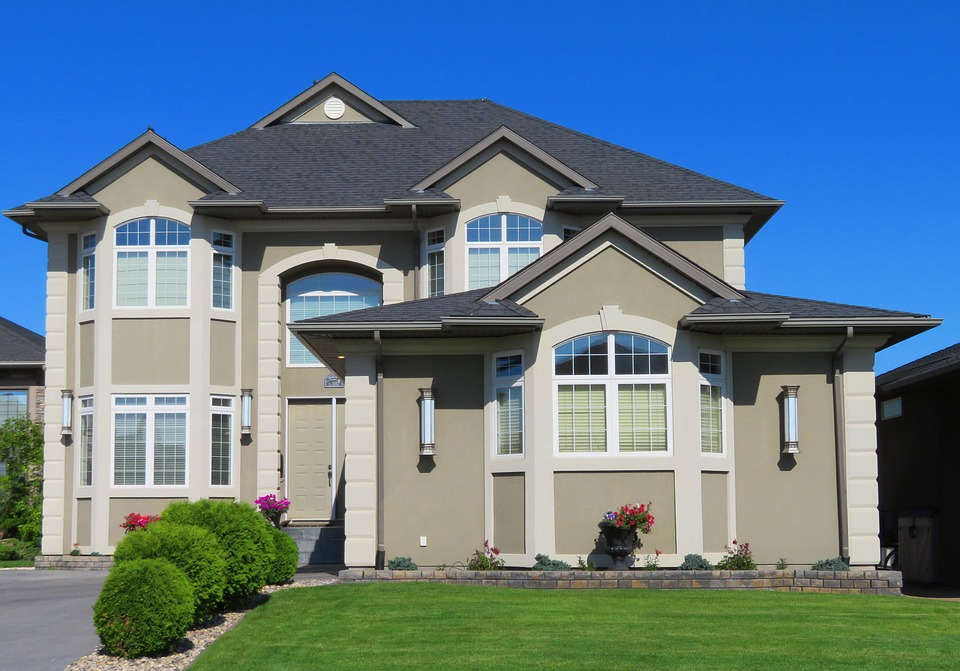New Construction and Development

The home is your sanctuary, your retreat, your respite from the stress and tumult of the everyday world. It is likely the most important place in your life. Building a home from the ground up is one of the biggest and hardest tasks you’ll ever do, but you don’t have to be in this alone. At Pacific Green Homes, we will provide the advice, resources, and personnel you need to turn a plot of ground into your home, and your home into your castle.
Preparation for Building a Home in Los Angeles
Building a new home is a task that requires a lot of planning and preparation; our architects and designers provide all the assistance you need during the planning phase, but there are some things you need to take care of yourself before construction begins. Review this checklist to make sure that you have all your ducks in a row before the groundbreaking begins.
Make Sure Your Personal Finances are in Order
This one is an obvious—but necessary—step. You will want to make sure that your budget can cover all the anticipated expenses. After all, you do not want your potential dream home to put you in the red financially. We will leave the details up to you, but we will help to give you a close approximation of what your final budget will be so you can plan accordingly.
Get Homeowners Insurance Before Breaking Ground
You should get homeowners insurance as soon as possible, you can adjust the level of risk associated with it to cover all manner of eventualities. For example, a theft of building materials endorsement will cover the cost of any resources that get stolen, so that replacing them does not take a big bite out of your budget. We can offer advice, but you should speak with your insurance agent about what your homeowner’s insurance should cover, and any other potential insurance you need before construction begins.
Find Out if There are Additional Expenses
Aside from building permits and insurance, you should check if there are added expenses like tap fees that need to be addressed. A tap fee covers the cost of service installations like a water access tap or water meter. These kinds of fees can be expensive, so make certain to check beforehand.
Make Preparations for any Extra Installations
If you’re planning to install things like home security systems, a smart home hub, or solar panels, then you should discuss it with the builders before construction begins. That way, they can make preparations that make those systems easier to install when construction is complete, or nearly complete. Some of these installations have rebates associated with them, so make sure to find out if you are eligible for any of them.
Establish a Communication Pipeline
Make certain to let the contractor know of your availability so that they can contact you if any issues arise. Also, do not be afraid to tell the designers or contractors what you want. They will offer advice and recommendations that you should certainly consider, but ultimately, you have the last word.
Keep Construction Related Documents Safe
These can be important, so make sure that they are safe and secure in a place where you, but no one else, can easily access them. Also, make copies of them if you can.
Have Patience
Building a home is a complex job and there are lots of unpredictable setbacks that can happen, such as poor weather slowing down construction. We are always prepared for nearly anything, but there are things we cannot predict or control. Nonetheless, we promise that we will overcome any obstacle to make sure that your home is built to perfection.
The Home-Building Construction Process
The Design
This is the stage where you decide what you want and find out how far your budget will go. This is also where you decide whether you want a custom build or a pre-designed house—the former takes longer but it will fit your wants and needs more precisely.
Focus on the end goal to relieve some of the stress. Remember why you’re building this house in the first place: is it for your family or do you plan to rent or sell it in the future? Keep your mind on the end goal to stay focused.
Purchasing the Lot
As you’re shopping around for a lot, consult with our architects to find out if it is zoned for the type of property you want to build. We know all the zoning laws, city codes, and restrictions, so you can be assured that your property will be in compliance with all of them. We can also inform you of any potential expenses like tap fees.
Site Preparation
Footing
The build crew removes any trees, brush, and debris from the area and footings are installed. This is concrete that has been poured into a trench and reinforced with rebar to support the foundation. The first of many inspections take place here as city inspectors check to make sure that everything is up to code.
Foundation
Once the footing is complete, concrete is poured out to form the foundation slab. Another inspection will take place to ensure that the foundation is properly installed.
Framing
The floors, walls, and roof are framed out with wood to form the skeleton—or shell—of the house and create a rough idea of where everything is supposed to go. The city inspector may visit once again to guarantee that everything is up to code. Once this is done, plywood and house wrap will be applied to protect the interior from the elements and prevent mold and wood rot from occurring.
The Beginning
Next up is the installation of basic things like electrical systems, heating and cooling units, and plumbing lines. Siding, roofing, and insulation are also installed, and larger units like bathtubs are emplaced. If you are considering implementing things like solar panels, smart home systems, or security, then this is the stage where they are incorporated, so consult with the contractor about prewiring, voltage systems, and so on. Separate inspections of the framing, plumbing, and wiring will also take place during this stage.
Interior and Exterior Finishes
On the inside, drywall is hung and doors, trim, baseboards, molding, and other decorative items are added. Flooring is also installed, as well as cabinets, faucets, appliances, and other fixtures. On the outside, walkways, driveways, and any necessary exterior work is usually done during this stage.
The End Stages
During this period, everything starts to come together. Subcontractors will install countertops, light fixtures, outlets, light switches, and so on. Outside, trees and grass are planted and general landscaping takes place. Smart home systems, security systems, and similar installations are finalized at this stage. The final inspection takes place here as the inspector takes a walkthrough and issues a certificate of occupancy once they have decided the house is up to code.
The Final Walkthrough
Sometimes called the pre-settlement walkthrough, this is where you take a tour of your new home to see if everything is as you envisioned it. You should make a note of any imperfections or corrections that need to be addressed and let the contractor know about them.
Once all the concerns have been ironed out, your house is ready to become a home. You can move in all the furniture and decorations and start living your life in the home of your dreams. It’s a dream we would like to help you fulfill, so call Pacific Green Homes when you’re ready to make your dream home a reality.
Related Services
- Custom Home Builders
- Floor Plans in Los Angeles
- Construction Materials Los Angeles
- Architectural Trends Los Angeles
- How to Choose Vacant Land Near Los Angeles
- Condo Remodeling
- Patio Installation
- Green Home Improvements
- Residential Painting
- Pool Remodeling
- Los Angeles County Building Codes
- Earthquake Building Codes
- How Much Does It Cost To Build a House In Los Angeles?
- Foundation Repair Los Angeles






